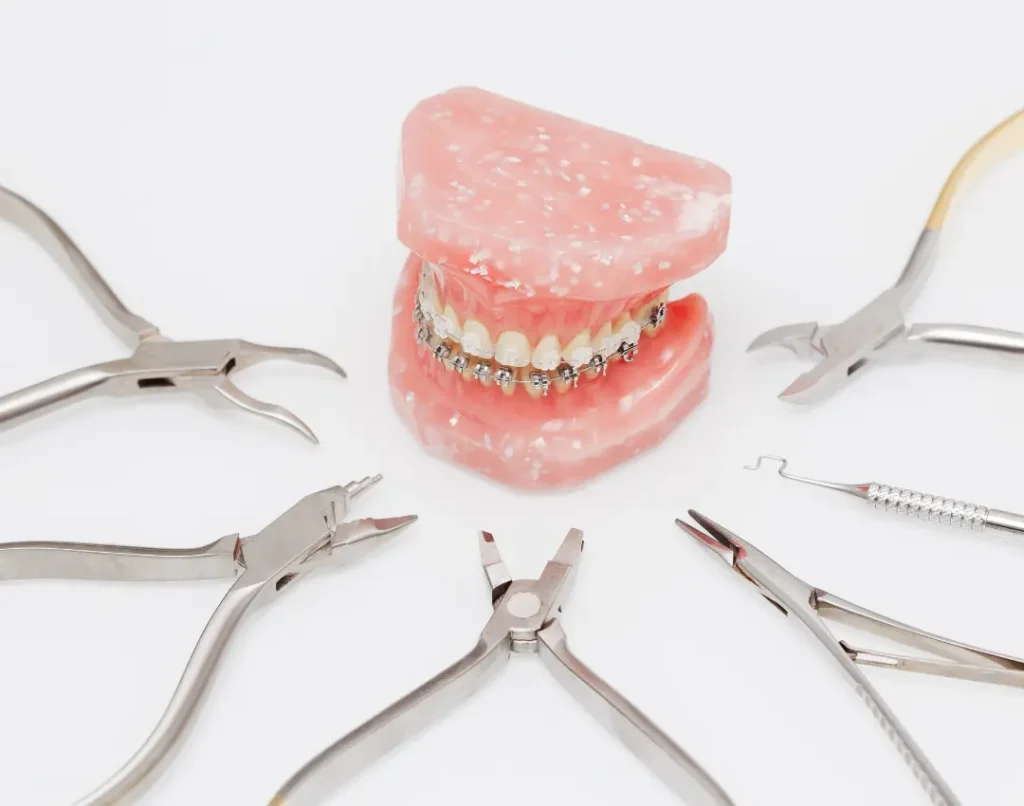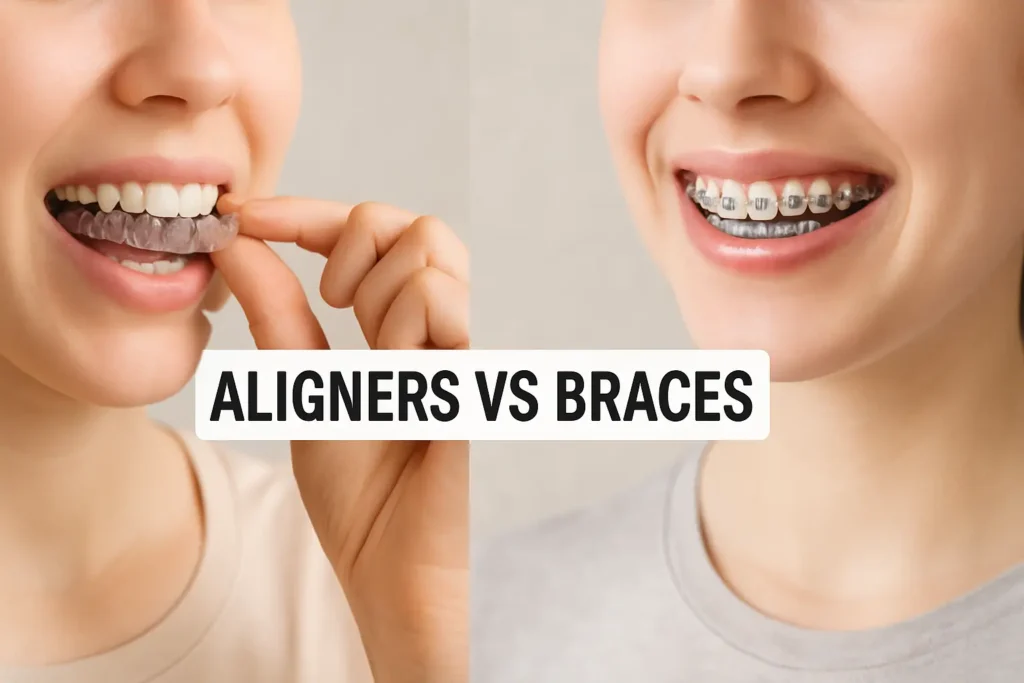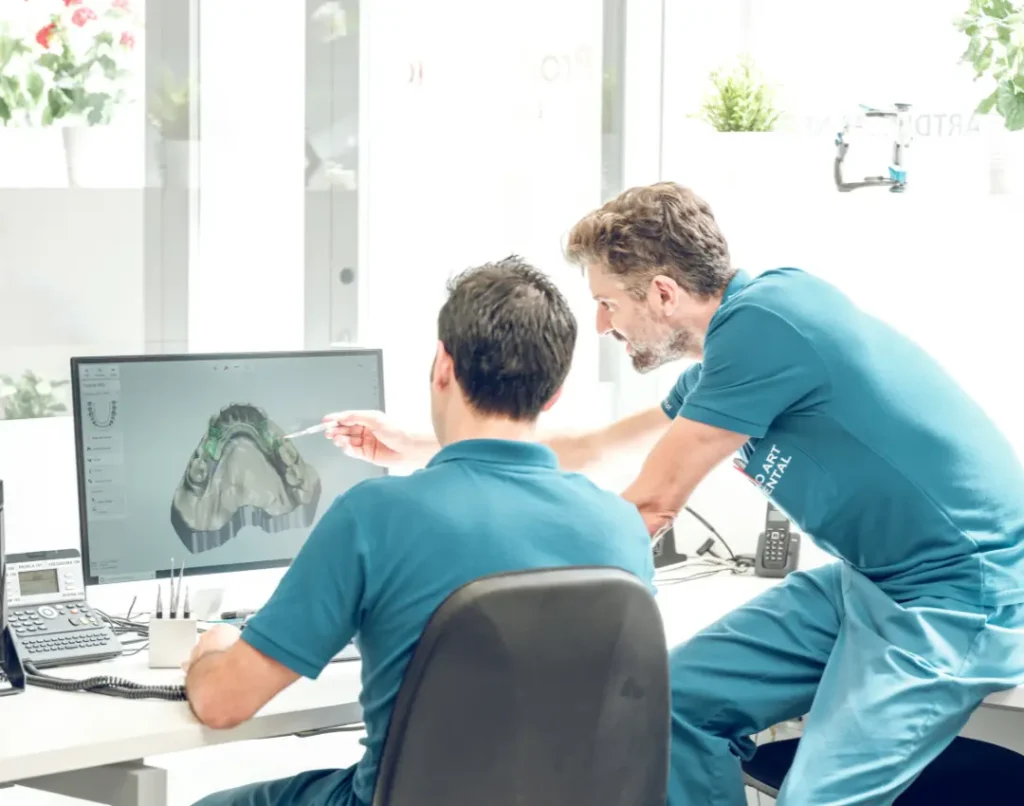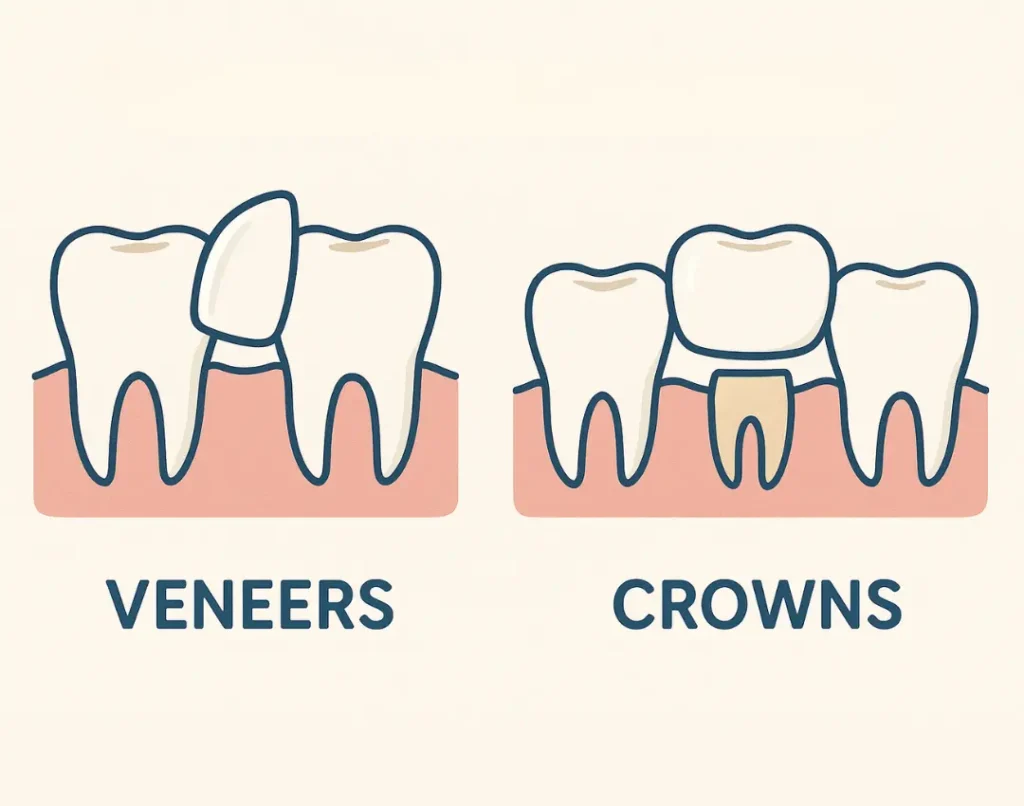Are you someone who
Dental implants often serve as a long-term solution for someone who has lost teeth. However, dental implants require a considerable amount of time and money. That’s why people want to know about the probable pros and cons of dental implants before undergoing the procedure.
Today, through this blog we want to bring you certain pros and cons of the dental implant procedure and offer tips to overcome it.
So without further ado, let’s begin!
Many people avoid dental implants due to common misconceptions and fears about the procedure. Let’s address some of the most prevalent concerns:
One of the biggest fears about dental implants is the pain and discomfort associated with the procedure. However, modern techniques and anesthesia have made the process much more comfortable. A study found that over 90% of patients reported minimal to no pain after their implant surgery.
Latest advancements in dental implant techniques that can help reduce pain:
Dental implant techniques have become increasingly minimally invasive in recent years. This includes using smaller incisions, flapless procedures, and computer-guided implant placement. These methods are less traumatic to the gums and bone, resulting in less post-operative pain and swelling for the patient.
Advancements in local anesthesia techniques and pain medication have made the dental implant procedure itself much more comfortable for patients. Dentists can now provide more effective numbing and use longer-lasting anesthetics to keep patients comfortable throughout the procedure.
In some cases, dentists can place the implant and attach a temporary crown in a single visit. This “immediate load” approach eliminates the need for a lengthy healing period before restoration, reducing the overall treatment time and associated discomfort.
The use of 3D imaging like CBCT scans allows dentists to precisely plan the implant placement, minimizing the risk of complications that could lead to pain. Computer-guided surgery based on this imaging further improves the accuracy and minimally invasive nature of the procedure.
Newer dental implant materials like zirconia and advancements in implant surface textures and shapes have been shown to improve osseointegration and reduce the risk of complications like peri-implantitis, which can cause pain and discomfort.
Dentists/We are also placing a greater emphasis on educating patients about what to expect during and after the implant procedure. This helps manage patient expectations and anxiety, which can contribute to a more comfortable overall experience.
By incorporating these latest advancements, we can provide a more comfortable and predictable dental implant experience for patients, with less post-operative pain and discomfort. This helps make implants a more appealing option for those seeking to replace missing teeth.
The upfront cost of dental implants is often a deterrent for many people. While implants do have a higher initial price tag compared to alternatives like bridges or dentures, they are a worthwhile long-term investment. Implants can last a lifetime with proper care, while other options may need to be replaced every 5-10 years.
Additionally, dental implants can prevent the need for more expensive treatments down the line, such as bone grafts to address jawbone deterioration. Many dental insurance plans now cover at least a portion of implant costs as well.
Here’s a detailed breakdown of costs associated with dental implants.
It is possible that these costs can differ based on the skill and expertise of the dentist as well as the choice of materials used for the dental implants.
Getting dental implants does require multiple appointments over several months. However, advancements in techniques have reduced the total treatment time. In some cases, getting a same-day implant and crown is possible.
While implant failure is rare, it can happen in some cases. The overall success rate for dental implants is over 95%. Factors that can increase the risk of failure include smoking, uncontrolled diabetes, and poor oral hygiene.
Choosing an experienced implant dentist and following their post-operative instructions can help minimize the chances of complications. Regular dental visits are also crucial for long-term implant health.
Let’s now turn our attention to the benefits of dental implants.
Dental implants offer a range of benefits that make them a superior tooth replacement option compared to traditional alternatives like bridges and dentures. Here are the key pros of choosing dental implants:
Dental implants are designed to look, feel, and function just like natural teeth. The implant post is anchored directly into the jawbone, providing a stable and secure foundation for the replacement tooth. This allows for a natural, seamless appearance that blends in with your existing dentition.
Because dental implants are firmly rooted in the jawbone, they restore full chewing function. Patients with implants can eat all their favorite foods without the restrictions or discomfort often experienced with dentures or bridges.
When a tooth is lost, the surrounding jawbone begins to deteriorate due to lack of stimulation from the tooth root. Dental implants act like natural tooth roots, transmitting chewing forces to the bone and preventing this harmful bone loss.
With proper care and maintenance, dental implants can last a lifetime. They are a permanent, fixed solution that do not need to be replaced every 5-10 years like other tooth replacements.
Dental implants do not require altering the adjacent healthy teeth, as is necessary with dental bridges. This helps preserve more of your natural tooth structure and improve overall oral health.
Unlike removable dentures, dental implants are a permanent solution that do not need to be taken out for cleaning or sleeping. This provides greater convenience and confidence in your smile and ability to eat.
Dental implants themselves cannot develop cavities, though the surrounding gum and bone tissue still require proper hygiene to maintain health.
By addressing the shortcomings of other tooth replacement options, dental implants provide a superior, long-lasting solution that can dramatically improve quality of life. The combination of natural aesthetics, functional benefits, and oral health advantages make them a highly appealing choice for many patients.
We hope we have cleared your doubts about the benefits and drawbacks of dental implants. However, if you still have some doubts you can call us.




